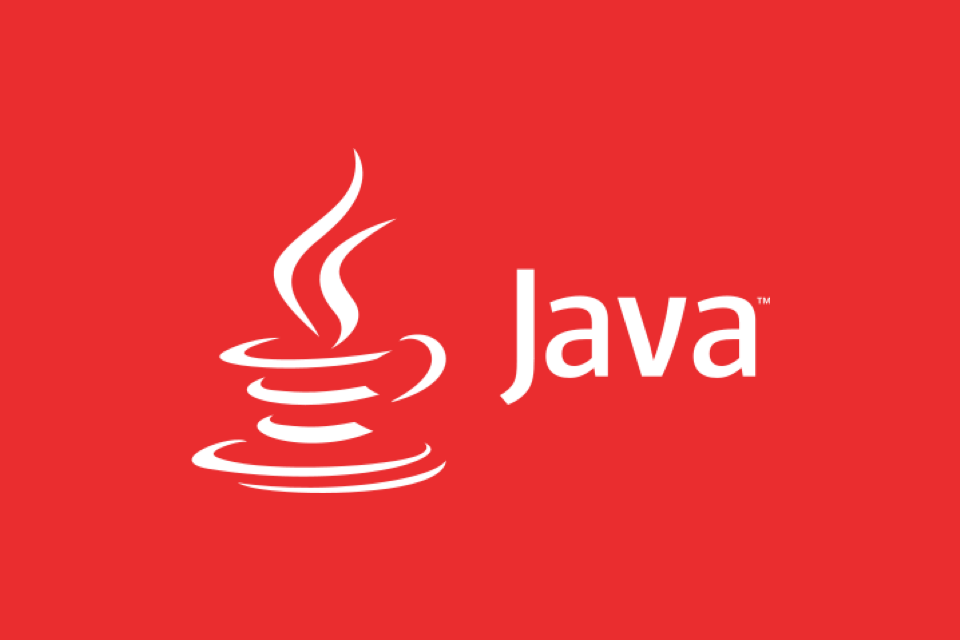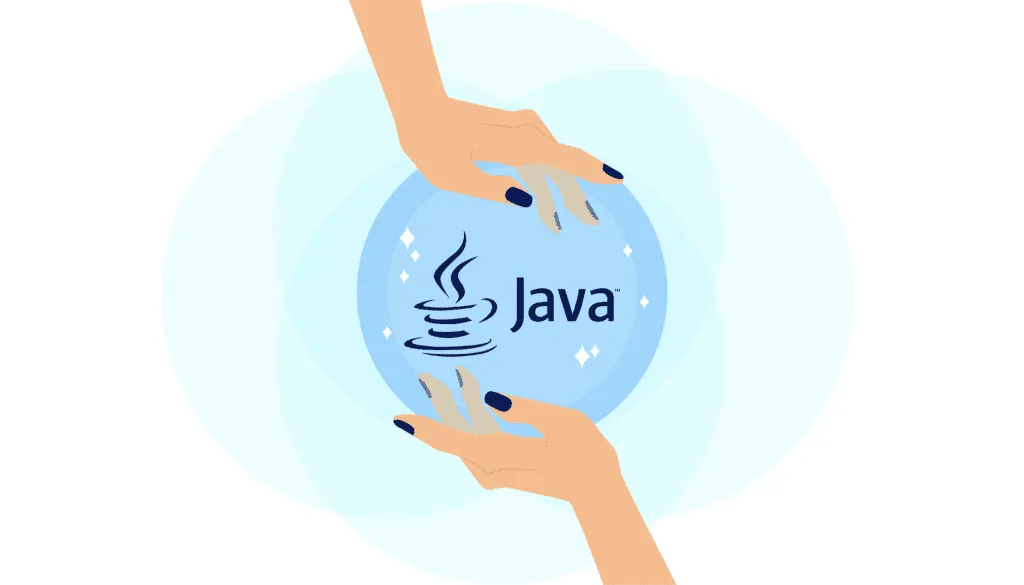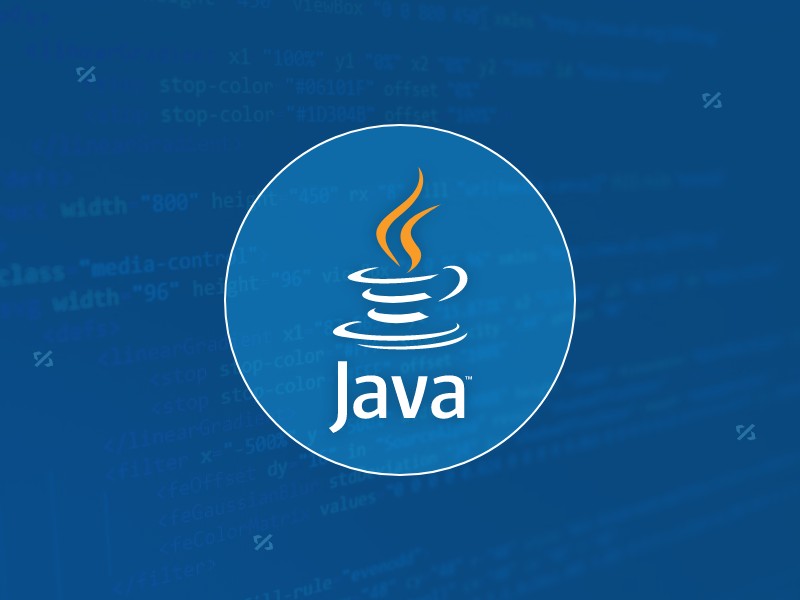The key to working with file and I/O streams in Java is to understand the basic concepts of streams and choose the right class library. 1. When reading text files, small files can be loaded quickly with Files.readAllLines(). It is recommended to use BufferedReader to read line by line to reduce memory usage. Pay attention to using try-with-resources to close streams and Paths.get() to build cross-platform paths. 2. It is recommended to use BufferedWriter to improve efficiency when writing files. Passing true when constructing FileWriter can achieve content addition. 3. You can use the Files.copy() and Files.move() methods to copy or move files, paying attention to the impact of non-atomic operations and cross-partition movement. 4. When processing binary data, you should use byte streams such as FileInputStream and FileOutputStream, and copying and other operations should be completed through buffer loop reading and writing. The buffer size can be adjusted according to requirements. Mastering the difference between character streams and byte streams, inputs and outputs will help to clearly respond to various I/O needs.

It is not actually mysterious to handle files and I/O streams in Java. As long as you understand the basic concepts of streams and the differences between input and output, most common file operations can be done more easily. Java provides a rich class library to support these operations, such as File , InputStream , OutputStream , Reader , Writer , etc.

Below are some common scenarios and practical suggestions to help you better understand file and I/O streaming operations in Java.

Read text file content
If you just want to quickly read the contents of a text file, using BufferedReader or Files.readAllLines() is the most straightforward way.
List<String> lines = Files.readAllLines(Paths.get("example.txt"));This method is suitable for situations where the document is not particularly large. If the file is large, it is recommended to read it line by line to avoid excessive memory usage:

- Read by line using
BufferedReader - Post-processing for each read one line, such as parsing or writing to other files
- Finally remember to close the stream (you can use try-with-resources)
Note: Path issues are prone to errors, especially under different operating systems. It is recommended to use Paths.get() to build cross-platform compatible paths.
Write data to file
When writing files, FileWriter and BufferedWriter are commonly used, which belong to character streams and are suitable for writing text content.
A simple example:
try (BufferedWriter writer = new BufferedWriter(new FileWriter("output.txt"))) {
writer.write("This is what to write");
}A few suggestions:
- Use try-with-resources to automatically close resources
- If you write frequently, use
BufferedWriterto be more efficient - If you want to append content instead of overwriting, pass in
trueparameter when constructingFileWriter
Binary data should use a byte stream, such as FileOutputStream , which will be mentioned later.
Copy or move files
The easiest way to copy files is to use Files.copy() method:
Files.copy(sourcePath, targetPath);
If you want to replace the existing target file, you can add options:
Files.copy(sourcePath, targetPath, StandardCopyOption.REPLACE_EXISTING);
Moving files is similar, except that the method name is changed move() . What should be noted is:
- Move operations may not be atomic, depending on the file system
- If you cross disk partition, you actually copy first and then delete the original file
- File permissions may be lost, especially on Unix/Linux systems
Processing non-text data using byte stream
When you process non-text data such as pictures, audio, video, etc., you should use byte streams, such as FileInputStream and FileOutputStream .
A common way to copy binary files is as follows:
try (InputStream in = new FileInputStream("source.bin");
OutputStream out = new FileOutputStream("dest.bin")) {
byte[] buffer = new byte[1024];
int length;
while ((length = in.read(buffer)) > 0) {
out.write(buffer, 0, length);
}
}This mode is suitable for any binary file operation. Note that the buffer size can be adjusted according to actual conditions, such as using 8KB or 32KB to improve efficiency.
Basically that's it. Although there are many types of I/O classes in Java, as long as you distinguish between character streams and byte streams, inputs and outputs, and select the appropriate class based on specific needs, it is still very clear to operate.
The above is the detailed content of Working with Files and I/O Streams in Java. For more information, please follow other related articles on the PHP Chinese website!

Hot AI Tools

Undress AI Tool
Undress images for free

Undresser.AI Undress
AI-powered app for creating realistic nude photos

AI Clothes Remover
Online AI tool for removing clothes from photos.

Clothoff.io
AI clothes remover

Video Face Swap
Swap faces in any video effortlessly with our completely free AI face swap tool!

Hot Article

Hot Tools

Notepad++7.3.1
Easy-to-use and free code editor

SublimeText3 Chinese version
Chinese version, very easy to use

Zend Studio 13.0.1
Powerful PHP integrated development environment

Dreamweaver CS6
Visual web development tools

SublimeText3 Mac version
God-level code editing software (SublimeText3)

Hot Topics
 Selecting Specific Columns | Performance Optimization
Jun 27, 2025 pm 05:46 PM
Selecting Specific Columns | Performance Optimization
Jun 27, 2025 pm 05:46 PM
Selectingonlyneededcolumnsimprovesperformancebyreducingresourceusage.1.Fetchingallcolumnsincreasesmemory,network,andprocessingoverhead.2.Unnecessarydataretrievalpreventseffectiveindexuse,raisesdiskI/O,andslowsqueryexecution.3.Tooptimize,identifyrequi
 What is the `enum` type in Java?
Jul 02, 2025 am 01:31 AM
What is the `enum` type in Java?
Jul 02, 2025 am 01:31 AM
Enums in Java are special classes that represent fixed number of constant values. 1. Use the enum keyword definition; 2. Each enum value is a public static final instance of the enum type; 3. It can include fields, constructors and methods to add behavior to each constant; 4. It can be used in switch statements, supports direct comparison, and provides built-in methods such as name(), ordinal(), values() and valueOf(); 5. Enumeration can improve the type safety, readability and flexibility of the code, and is suitable for limited collection scenarios such as status codes, colors or week.
 Applying Semantic Structure with article, section, and aside in HTML
Jul 05, 2025 am 02:03 AM
Applying Semantic Structure with article, section, and aside in HTML
Jul 05, 2025 am 02:03 AM
The rational use of semantic tags in HTML can improve page structure clarity, accessibility and SEO effects. 1. Used for independent content blocks, such as blog posts or comments, it must be self-contained; 2. Used for classification related content, usually including titles, and is suitable for different modules of the page; 3. Used for auxiliary information related to the main content but not core, such as sidebar recommendations or author profiles. In actual development, labels should be combined and other, avoid excessive nesting, keep the structure simple, and verify the rationality of the structure through developer tools.
 What is the JDK?
Jun 25, 2025 pm 04:05 PM
What is the JDK?
Jun 25, 2025 pm 04:05 PM
JDK (JavaDevelopmentKit) is a software development environment for developing Java applications and applets. It contains tools and libraries required to compile, debug and run Java programs. Its core components include Java compiler (javac), Java runtime environment (JRE), Java interpreter (java), debugger (jdb), document generation tools (javadoc) and packaging tools (such as jar and jmod). Developers need JDK to write, compile Java code and develop with the help of IDE; without JDK, Java applications cannot be built or modified. You can enter javac-version and java-version in the terminal
 VSCode debugger for Java setup guide
Jul 01, 2025 am 12:22 AM
VSCode debugger for Java setup guide
Jul 01, 2025 am 12:22 AM
The key steps in configuring the Java debugging environment on VSCode include: 1. Install JDK and verify; 2. Install JavaExtensionPack and DebuggerforJava plug-in; 3. Create and configure the launch.json file, specify mainClass and projectName; 4. Set up the correct project structure to ensure the source code path and compilation output are correct; 5. Use debugging techniques such as Watch, F8/F10/F11 shortcut keys and methods to deal with common problems such as class not found or JVM attachment failure.
 XML rules: Common errors to avoid
Jun 22, 2025 am 12:09 AM
XML rules: Common errors to avoid
Jun 22, 2025 am 12:09 AM
Methods to avoid XML errors include: 1. Ensure that the elements are nested correctly, 2. Escape special characters. Correct nesting avoids parsing errors, while escape characters prevent document corruption, using an XML editor can help maintain structural integrity.
 How do I set up VS Code for Java development?
Jun 29, 2025 am 12:23 AM
How do I set up VS Code for Java development?
Jun 29, 2025 am 12:23 AM
To use VSCode for Java development, you need to install the necessary extensions, configure the JDK and set up the workspace. 1. Install JavaExtensionPack, including language support, debugging integration, build tools and code completion functions; optional JavaTestRunner or SpringBoot extension package. 2. Install at least JDK17 and verify through java-version and javac-version; set the JAVA_HOME environment variable, or switch multiple JDKs in the status bar at the bottom of VSCode. 3. After opening the project folder, make sure the project structure is correct and enable automatic saving, adjust the formatting rules, enable code checking, and configure the compilation task to optimize the opening.
 Windows search bar not typing
Jul 02, 2025 am 10:55 AM
Windows search bar not typing
Jul 02, 2025 am 10:55 AM
When the Windows search bar cannot enter text, common solutions are: 1. Restart the Explorer or computer, open the Task Manager to restart the "Windows Explorer" process, or restart the device directly; 2. Switch or uninstall the input method, try to use the English input method or Microsoft's own input method to eliminate third-party input method conflicts; 3. Run the system file check tool, execute the sfc/scannow command in the command prompt to repair the system files; 4. Reset or rebuild the search index, and rebuild it through the "Index Options" in the "Control Panel". Usually, we start with simple steps first, and most problems can be solved step by step.






